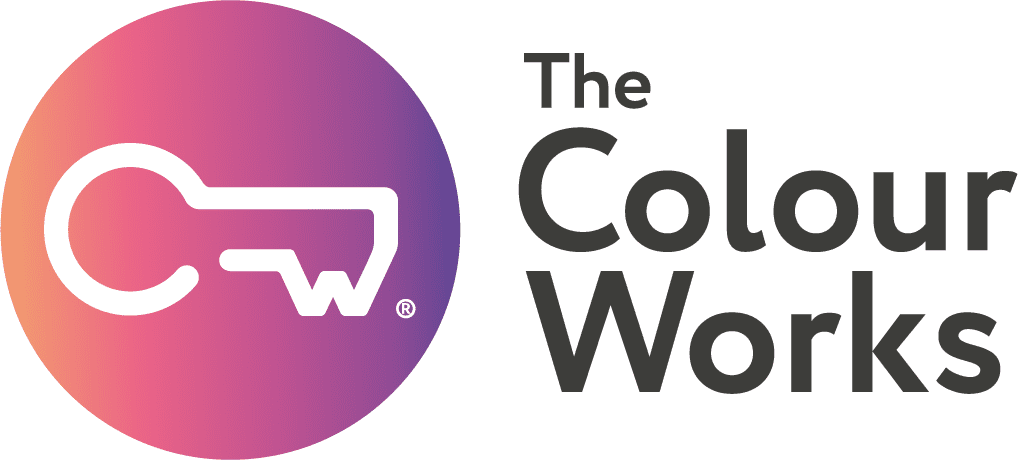The importance of team satisfaction surveys

How’s your team feeling? As we continue to move through uncertain times, now might be the perfect opportunity to take a temperature check and find out how your teams are feeling and what they’re thinking.COVID-19 has moved like a shockwave through the hearts and minds of everyone who’s had to adapt to new processes, new procedures and new ways of living and working. As we continue to work our way through times of uncertainty, now might be the perfect time to check in with your team as they reintegrate and find out what’s running smoothly and what needs some attention.
For the vast majority of companies, it’s standard practice to routinely measure what’s going on in the business, but the major focus tends to be on the ‘hard’ stats - how many calls? how many days? how much revenue? That’s all well and good, of course, but what about the ‘soft’ stats around collaboration, meeting effectiveness, trust?
These things matter every bit as much as the hard stuff, and probably more, because if we’re not getting the soft stuff right, then the hard stuff is never going to be as good as it could be. So, along with the usual KPIs, team satisfaction surveys should play a central part in any company measurement system. Why? Because they measure how well we’re doing on things that are critical to creating high functioning teams.
Measuring soft skill issues on a daily, weekly or even monthly basis clearly isn’t viable, but running satisfaction surveys a couple of times a year is not only perfectly doable, it also makes very good business sense. In the cut and thrust of daily operations, it’s not easy to spot what’s working and what isn’t when it comes to the way we interact, the effectiveness of communication, or the atmosphere within the team.
What should you be asking your team?
At The Colour Works, we often work with teams that are confused or unclear about some of the fundamental things like objectives, roles and responsibilities, or even the direction their team or the company is heading in. That might sound odd and not something that would affect your own team … but how can you be sure about that? It’s amazing how often issues as unlikely as these get surfaced through team surveys, even in largely effective teams. Busy people often just get on with what they broadly know they should be doing, and that can work very well on all sorts of levels. But when you ask specific questions of the whole team, like “Do we have clarity of purpose and direction?” “Do we have clear objectives?” “Are roles and responsibilities clearly defined and understood?” … suddenly we find doubt and disagreement, and that’s a recipe for inefficiency and potentially outright disaster. And if confusion exists around things we assumed were as clear as day, what might the story be around more complex issues?
It’s not that so many teams are riddled with ineffectiveness – far from it. But we can’t take it for granted that the ’simple and obvious’ stuff is clear and problem-free, any more than we can assume we have all our ducks in a row on the more complex issues. And that’s where a well-constructed, well-administered team survey comes in. It can give us a terrific big-picture view of the state of play across a range of critical areas and help identify quick-fix ‘nuisance’ issues along with more serious hotspot priorities that need deeper exploration:
- Where are we scoring high?
- Where are we scoring low?
- Is there a consensus around these scores or a large spread?
- Do we have any “on the bus/off the bus” splits? Why might that be?
- Are there areas of the colour wheel where we perform strongest and areas where we perform less well?
- What might that tell us about the team’s preferences and focus?
- What light do the freeform comments shed on the scores?
- How do this year’s scores compare with last year’s and our 6-monthly ‘temperature check’?
- Where have we made progress?
- Have we stood still or gone backwards anywhere?
Bottom line - surveys and the conversations they stimulate are awash with opportunities for leveraging strengths and identifying opportunities to improve team performance and the business as a whole. In fact, the challenge is often to not take on too much in the way of improvement initiatives. It can seem like a great way to show commitment, but it’s a mistake and almost as bad as doing nothing at all, because most of what gets started tends not to get finished. Number One Mantra when you action survey results – “Do less and do it better!”
Make sure you read our companion blog ‘So, you’ve run a team satisfaction survey – now what?’.




